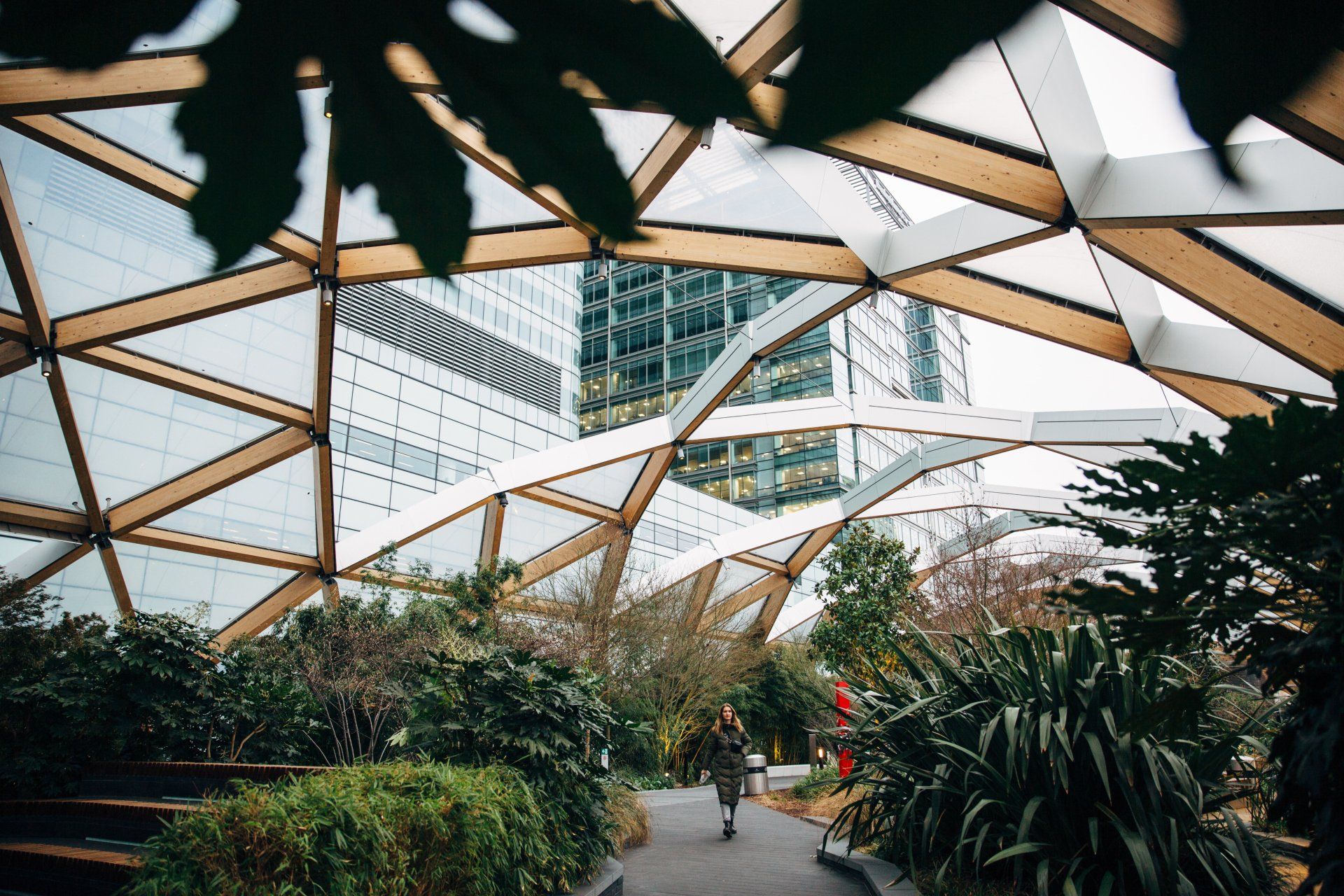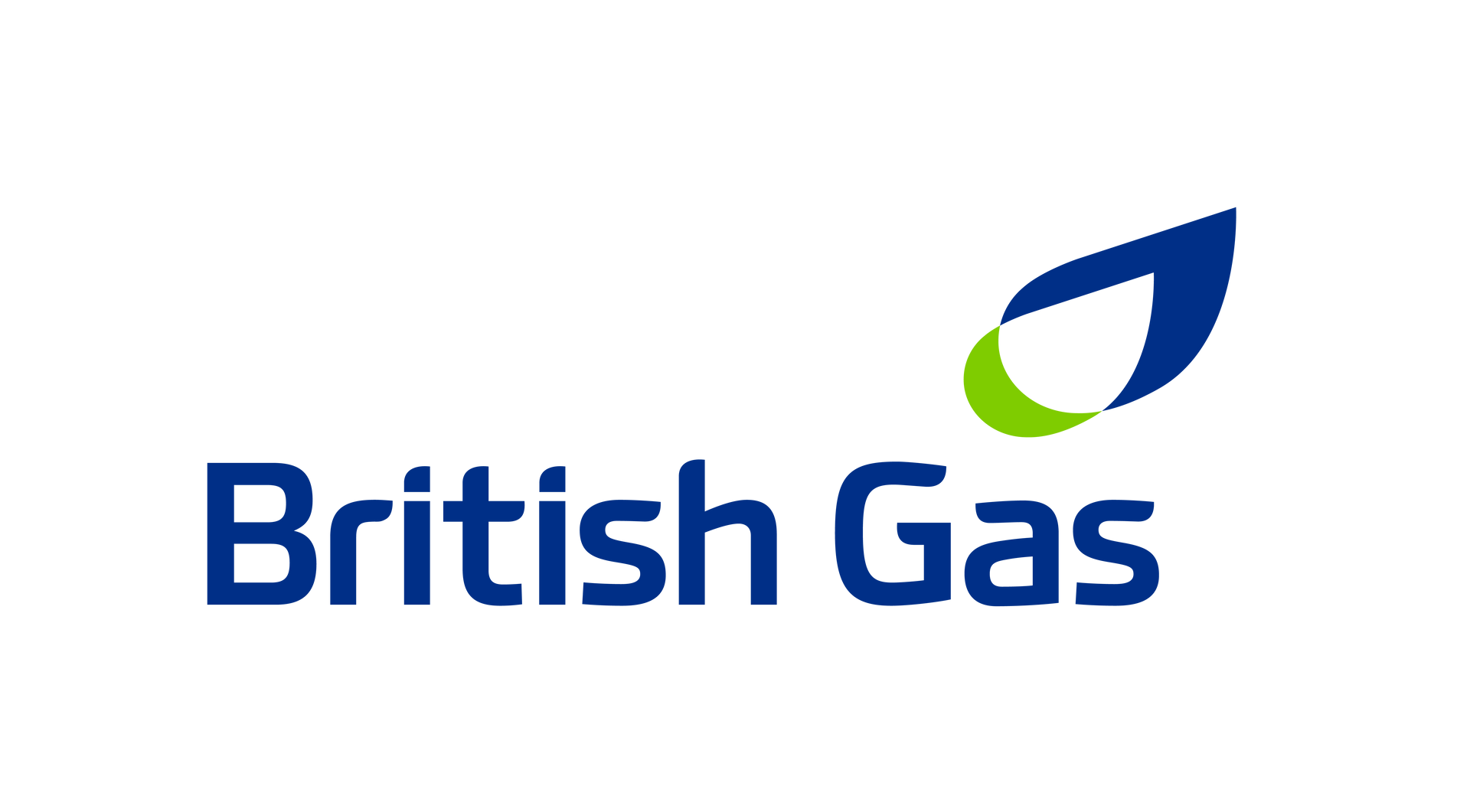Today’s businesses are operating in a landscape marked by disruption and uncertainty. Finding ways to become more efficient and reduce costs wherever possible is a top priority. The good news is, energy is one area where there are lots of opportunity to reduce outgoing spend no matter what industry you’re in. In fact, research shows that a 20% cut in energy costs can represent the same bottom line benefit as a 5% increase in sales. Here are three ways you can do it:
1. Reduce how much energy you use
2. Generate your own energy
When you can generate your own energy you get the best of both worlds. Not only will your investment put your business on the path to long-term sustainability, you’ll also save energy and lower your bills along the way. So, what options are available?
Solar PV panels are one such way where your business can save energy, generate income and boost green credentials. Other options include biomass heating, combined heat and power (CHP), air source heat pumps and battery storage. All allow you to generate your own renewable energy on site. The first step is identifying which one will be the most impactful for your business.
3. Access flexible services
A third and increasingly popular option for businesses is to enrol in a demand-side response (DSR) scheme. It works by allowing you to work with and buy directly from the National Grid at certain times. This will save you money and even create a guaranteed revenue stream for your business.
Want to know more?
The first step to finding out what opportunities can help you better manage your energy cost is a Virtual Energy Audit. It provides detailed information that’s specific to your business and energy demand so you can pick and choose the right solutions for you. You can find out more and register your interest below.



